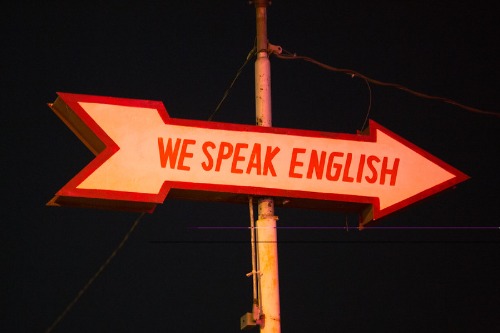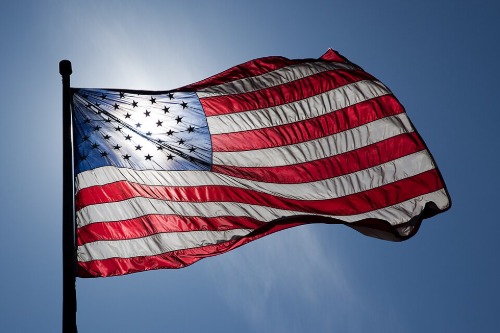1. The “American Dream”

In the U.S., the American Dream represents upward mobility through hard work, homeownership, and personal freedom. It’s deeply tied to national mythology and often used in political speeches and advertising. Americans grow up believing success is self-made and universally attainable. It’s optimism with a mortgage.
Abroad, the concept often feels naive or overly individualistic. Many cultures emphasize collective success, stability, or inherited privilege over hustle. The dream doesn’t resonate where social mobility is limited or defined differently. And yes, not everyone wants a white picket fence.
2. Flag Displays on Private Property

Flying the American flag outside homes, on cars, or even clothing is seen as patriotic and normal. It’s a visual shorthand for pride, unity, and civic identity. In the U.S., it’s common across political lines and regions. The flag is both decoration and declaration.
Elsewhere, flag displays are often reserved for government buildings or national holidays. Personal use can be viewed as nationalist or performative. The ubiquity of flags in America feels intense to outsiders. And yes, your mailbox doesn’t need a flagpole.
3. Pledge of Allegiance in Schools

Reciting the Pledge of Allegiance daily is a ritual in many American classrooms. It’s meant to instill unity, respect, and civic awareness from a young age. Most students memorize it before they understand it. It’s patriotism on autopilot.
In other countries, mandatory pledges are rare or controversial. The practice can seem authoritarian or overly nationalistic. Outsiders often question why children must swear loyalty to a flag. And yes, it’s not a global school tradition.
4. Second Amendment Identity

Gun ownership is often framed as a core American right and identity marker. For many, it symbolizes freedom, self-reliance, and constitutional heritage. Debates over gun laws are deeply emotional and tied to personal values. It’s not just policy—it’s identity.
Internationally, this mindset is often viewed as extreme or confusing. Most developed nations have strict gun laws and don’t equate firearms with liberty. The Second Amendment doesn’t translate well across borders. And yes, your neighbor’s arsenal raises questions.
5. “Don’t Tread on Me” Symbolism

The Gadsden flag and its slogan are embraced by some Americans as symbols of independence and resistance to government overreach. It’s used in political movements, bumper stickers, and protest gear. The snake imagery is historic—but now polarizing. It’s rebellion with branding.
Abroad, the symbol is often misunderstood or associated with extremism. The nuance of libertarianism doesn’t always carry across cultures. It can look more threatening than philosophical. And yes, not everyone gets the snake.
6. English-Only Advocacy

Some Americans view speaking English as a patriotic duty and cultural norm. Movements to make English the official language are framed as preserving national identity. Multilingualism is sometimes seen as diluting unity. It’s language with a flag.
Globally, multilingual societies are common and celebrated. The insistence on English-only can seem exclusionary or insecure. Identity isn’t tied to one tongue everywhere. And yes, translation isn’t treason.
7. Red Solo Cups at Social Events

Red Solo cups are iconic in American parties, tailgates, and college gatherings. They symbolize casual fun, youth culture, and low-stakes drinking. Their presence in movies and music cemented their status. It’s plastic with personality.
Outside the U.S., they’re often seen as kitschy or confusing. Other cultures use glassware or communal drinking vessels. The Solo cup doesn’t carry the same cultural weight. And yes, it’s not a universal party essential.
8. “Freedom” as a Catch-All Value

Americans often invoke “freedom” to justify everything from speech to spending habits. It’s a foundational concept used in politics, branding, and everyday conversation. The word carries emotional and historical weight. It’s liberty with a capital L.
Abroad, the term can feel vague or overused. Other nations define freedom differently—through healthcare, education, or collective rights. The American version doesn’t always resonate. And yes, freedom isn’t one-size-fits-all.
This post 8 American Identity Markers That Don’t Translate Overseas was first published on American Charm.


